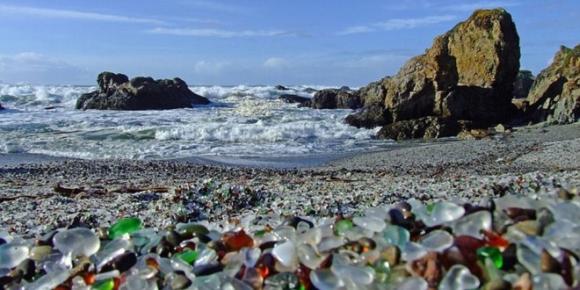 Many years ago my wife and I kayaked with a group in Blackfish Sound off Vancouver. We paddled with orcas by day and by night camped on the many islands of the sound. On several nights, we camped at what had been summer campsites of the Kwakiutl tribe. The one tell-tale sign that a given spot had been a campsite for hundreds of years was the white shell beach, where the natives had feasted in the summer on shellfish and tossed their shells. The white crushed shell beaches were essentially the tribal garbage dump. I recall thinking, at the time, how wonderful it would be if even our garbage dumps were as beautiful as those left by the Kwakiutl Indians. I have recently learned that, at least in a few cases, that they are.
Many years ago my wife and I kayaked with a group in Blackfish Sound off Vancouver. We paddled with orcas by day and by night camped on the many islands of the sound. On several nights, we camped at what had been summer campsites of the Kwakiutl tribe. The one tell-tale sign that a given spot had been a campsite for hundreds of years was the white shell beach, where the natives had feasted in the summer on shellfish and tossed their shells. The white crushed shell beaches were essentially the tribal garbage dump. I recall thinking, at the time, how wonderful it would be if even our garbage dumps were as beautiful as those left by the Kwakiutl Indians. I have recently learned that, at least in a few cases, that they are.
In Fort Bragg, California, tourists now come to see Glass Beach.
In the early 20th century, Fort Bragg residents threw their household garbage over cliffs owned by the Union Lumber Company onto what is now Glass Beach, discarding glass, appliances, and even vehicles. Locals referred to it as “The Dumps.” Fires were lit to reduce the size of the trash pile.

 Last October, the documentary
Last October, the documentary 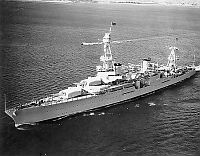
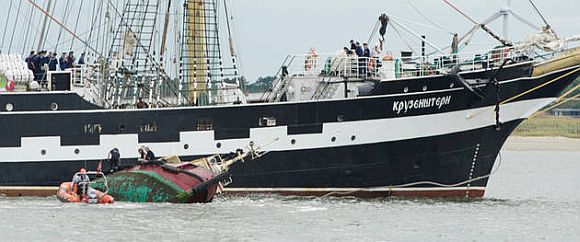
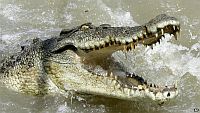 A 57 year old fisherman, wading in the
A 57 year old fisherman, wading in the 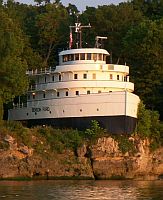
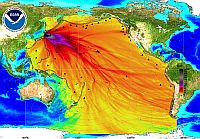
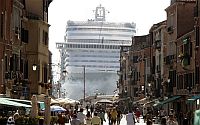

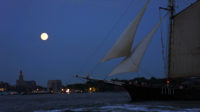
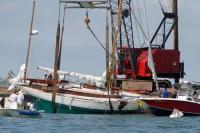

 On Tuesday, the
On Tuesday, the 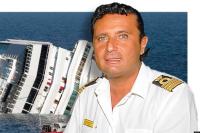 Captain Francesco Schettino recently gave a two-hour lecture on emergency procedures to criminal science masters candidates at Rome’s Sapienza University. Yes, this is the same Capt. Schettino who ripped open the side of the cruise ship
Captain Francesco Schettino recently gave a two-hour lecture on emergency procedures to criminal science masters candidates at Rome’s Sapienza University. Yes, this is the same Capt. Schettino who ripped open the side of the cruise ship